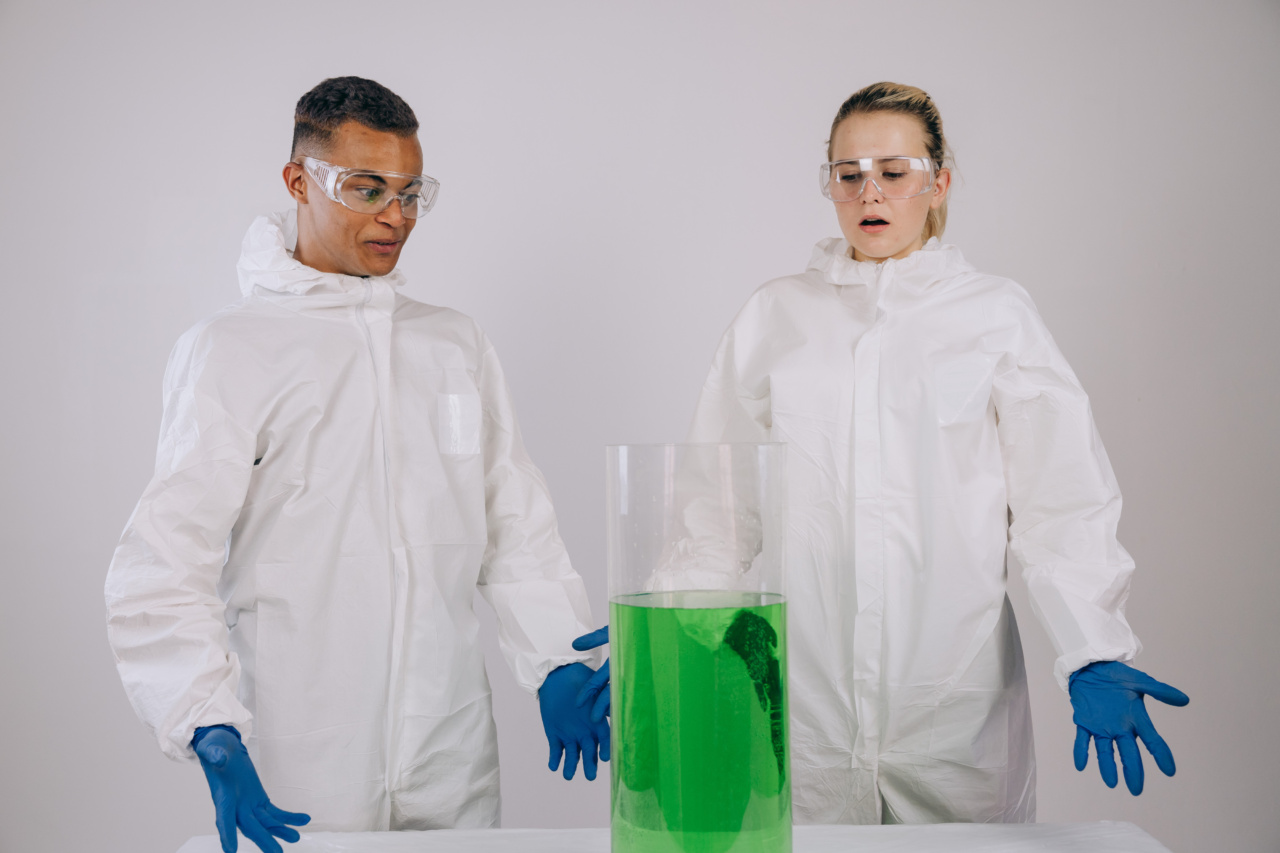With the rise in popularity of tanned skin, many people are looking for quick and easy ways to achieve a golden glow.
While traditional methods like sunbathing and tanning beds pose various risks, chemical tanning products have gained immense popularity in recent years. However, scientists are now warning that these chemical tans may come with their own set of dangers.
The Science Behind Chemical Tans
Chemical tanning products contain active ingredients such as dihydroxyacetone (DHA), which reacts with the amino acids in the topmost layer of the skin to produce a darkening effect.
These products come in various forms, including sprays, lotions, and mousses, offering a convenient way to achieve a desired tan without sun exposure.
While chemical tans are often touted as a safe alternative to traditional tanning methods, recent scientific studies have raised concerns about their potential adverse effects on both the skin and overall health.
Increased Risk of Skin Damage
One of the primary concerns regarding chemical tans is the potential for skin damage. When DHA reacts with the amino acids in the skin, it creates a chemical reaction that can lead to the production of free radicals.
Free radicals are unstable molecules that can cause oxidative stress and damage to the skin cells.
Ongoing research suggests that repeated use of chemical tans may contribute to premature skin aging, such as the development of wrinkles, fine lines, and age spots.
Additionally, some studies have linked DHA to DNA damage, which could increase the risk of skin cancer.
Allergic Reactions and Sensitization
Another significant concern is the potential for allergic reactions and sensitization to chemical tanning products. Some individuals may experience itching, redness, rashes, or hives after using these products.
This is often the result of an allergic reaction to the ingredients present in the tanning product.
In some cases, repeated use of chemical tans can lead to sensitization, where the immune system becomes hypersensitive to certain substances.
This can result in a more severe allergic reaction with subsequent use, making it increasingly difficult for affected individuals to achieve a tan without adverse side effects.
Risks Associated with Inhalation
Chemical tanning products are often applied through spraying, which poses additional risks. The fine mist created during application can be inhaled, potentially leading to respiratory issues.
While the extent of these risks is still being studied, preliminary research suggests that inhaling DHA may cause lung irritation and even trigger asthma symptoms in susceptible individuals.
Eye and Mucosal Irritation
The application of chemical tans around the face area raises concerns about eye and mucosal irritation. Sprays or mists may inadvertently come into contact with the eyes, causing redness, itching, and discomfort.
Moreover, if ingested or accidentally applied to the lips, these products may result in gastrointestinal irritation.
Regulation and Safety Guidelines
Given the potential risks associated with chemical tanning products, scientists and health experts are calling for stricter regulation and improved safety guidelines.
Currently, the lack of comprehensive regulations allows the market to be flooded with products that may not undergo sufficient testing for safety and efficacy.
Health organizations are urging individuals to exercise caution and inform themselves about the potential risks before using chemical tanning products.
This includes carefully reading labels, performing patch tests, and using protective measures such as eye goggles, nose plugs, and mouth guards during application to minimize exposure to sensitive areas.
Exploring Safer Alternatives
While chemical tanning products may present risks, several alternative methods can help achieve a natural-looking tan without the potential harm. One of the safest approaches is sunless tanning creams and lotions that do not contain DHA.
These products rely on natural tinting agents or plant extracts to create a temporary bronze effect on the skin.
Additionally, adopting healthy sun protection habits, such as wearing sunscreen, protective clothing, and seeking shade during peak sun hours, can help minimize the desire for tan skin while reducing the risk of skin damage and cancer.
Conclusion
While chemical tanning products offer a convenient way to achieve a tan without harmful UV exposure, it is crucial to understand the potential risks they may pose.
Scientists and health experts urge users to exercise caution and consider safer alternatives. With proper knowledge and protective measures, individuals can still enjoy a sun-kissed glow while prioritizing their skin and overall well-being.






























